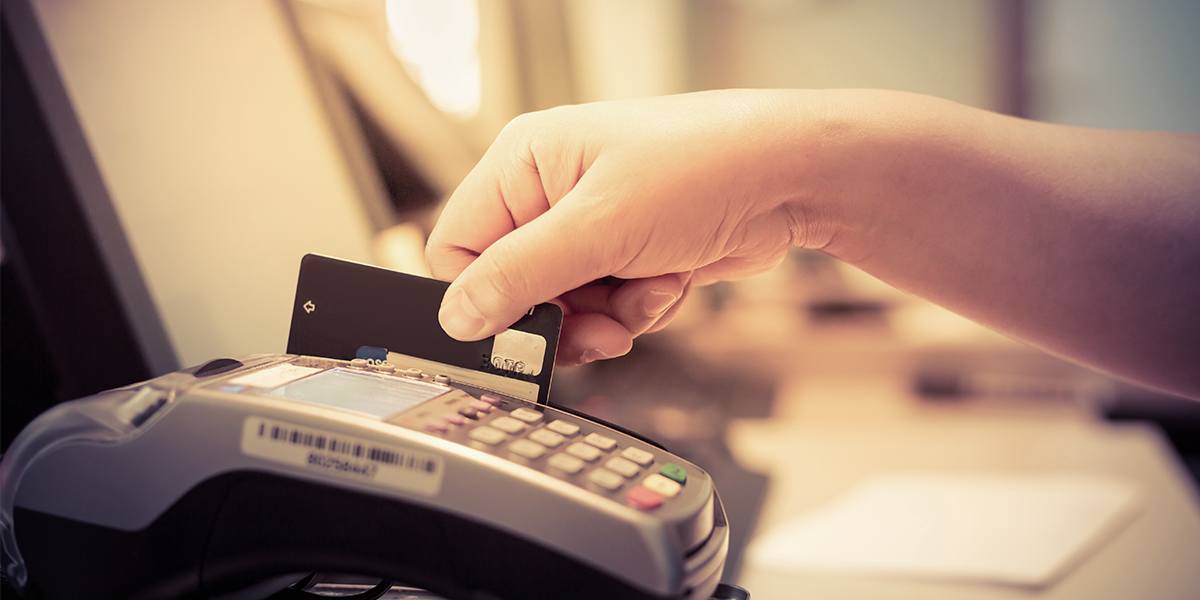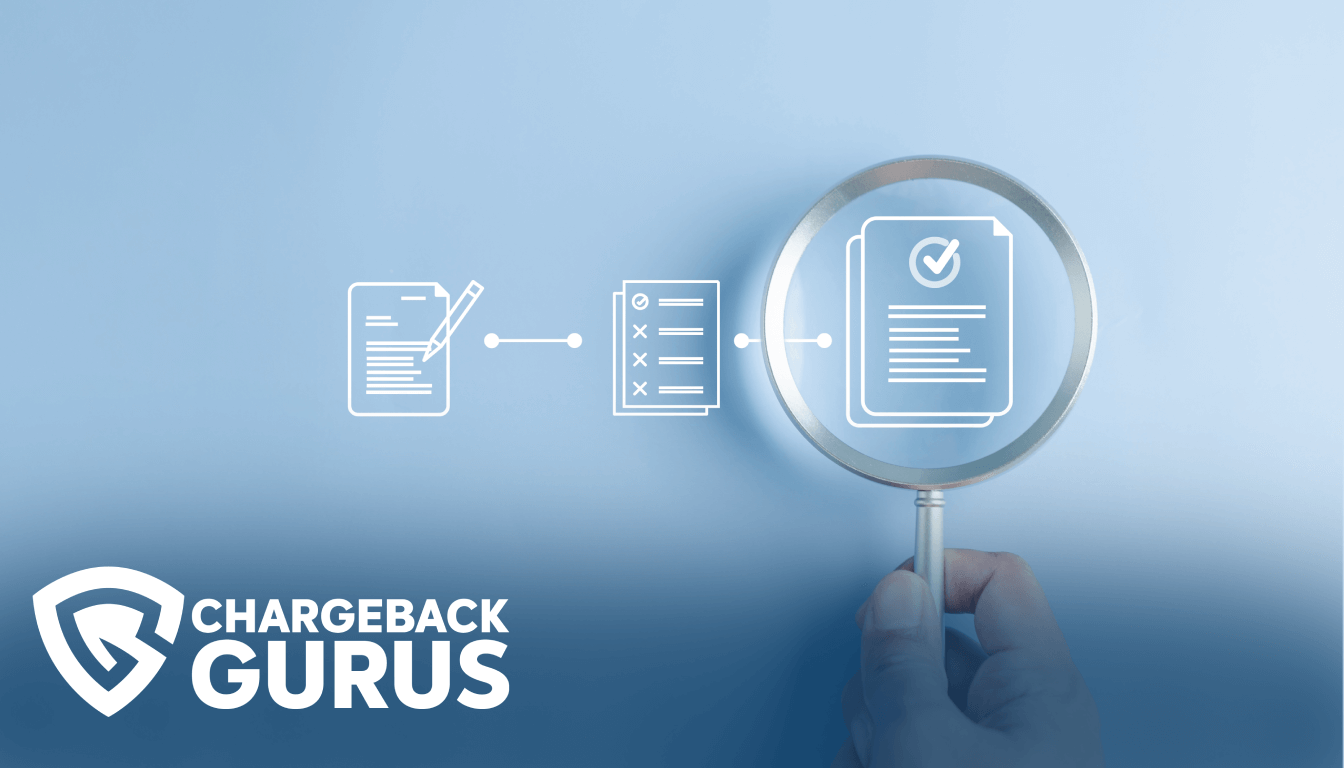Visa Chargeback Reason Code 81: Fraud

Table of Contents
- What is Visa chargeback reason code 81?
- What causes code 81 chargebacks?
- What's the time limit to respond to code 81 chargebacks?
- How can merchants fight code 81 chargebacks?
- How can merchants prevent code 81 chargebacks?
- About Visa chargeback reason codes
Merchants who receive a chargeback for a transaction placed with a Visa card may encounter reason code 81, which indicates an improperly authorized transaction that the cardholder does not believe they should be responsible for paying. The actual underlying cause of this chargeback may be true fraud, friendly fraud, or merchant error. Merchants who believe they have received an invalid chargeback under reason code 81 may be able to represent the transaction and reverse the chargeback with the right compelling evidence.
What is Visa chargeback reason code 81?
Visa chargeback reason code 81 falls under the “Fraud” category. The shorthand description is “Fraud—Card-Present Environment.” This reason code is used when a cardholder is claiming that they neither authorized nor participated in a card-present transaction and that it, therefore, must be fraudulent.
You may also see this reason code attached to chargebacks following a fraudulent transaction, placed in a card-present environment, in which authorization approval was not obtained and no valid Visa card has been issued under the account number that was used.
What causes code 81 chargebacks?
The expected application of this chargeback is in true fraud scenarios. This might involve a case where a fraudster used a stolen card to make a purchase and the merchant did not use adequate security protocols to detect and prevent the fraudulent transaction.
It is also fairly common to see this reason code in cases of friendly fraud.
Cardholders may see claims of fraud as a surefire way to get their bank to take their dispute seriously and grant them a chargeback, even if the true source of their discontent is a conflict with the merchant or disappointment in the quality of a product.
Merchant error can also cause these chargebacks when merchants mistakenly key in nonexistent account numbers and neglect to request authorization or abide by the recommendations of the authorization response codes.
What's the time limit to respond to code 81 chargebacks?
The acquirer or merchant has 30 days to respond to a chargeback filed under reason code 81.
How can merchants fight code 81 chargebacks?
Merchants can fight code 81 chargebacks by providing evidence proving that the transaction was legitimate and was properly authenticated. Certain types of transactions have additional evidence requirements.
Your chargeback response should include the following:
- A manual or electronic imprint of the card.
- Proof that a Consumer Device Cardholder Verification Method (CDCVM) was used to authenticate the transaction.
- If the chargeback carries the “Airline Transaction” modifier, provide proof that the cardholder’s name is on the flight manifest and the itinerary.
- If the chargeback carries the “Below Floor Limit” modifier, provide one of the following:
- Annotated records showing that the transaction used either a magnetic stripe, EMV chip, or contactless payment method.
- If this was an unattended transaction, provide proof of PIN entry or another CDCVM.
- If the chargeback carries the “CP and Key-Entered” modifier, provide evidence that all transactions took place during the same stay, trip, or rental period, along with a manual or electronic imprint and proof that a signature, PIN, or other CDCVM was obtained.
- If the chargeback carries the “Digital Goods Merchant” modifier applicable to Merchant Category Codes 5815 through 5818, include all of the following:
- Proof that you are a registered and active participant in the Visa Digital Commerce Program.
- Proof that you own the operating system on the device used in the transaction.
- Proof that the cardholder’s account on your website or app was set up prior to the transaction and the cardholder’s identity was verified, with password entry, when they accessed it to make the purchase.
- Proof that prior transactions involving the same device and card were not disputed.
- Proof that the name and ID of the device, IP address, and geolocation are linked to the cardholder’s account.
- A description of the goods or services purchased, along with the date and time of the purchase and when the cardholder downloaded or accessed the goods or services purchased.
- Proof that the cardholder’s name is identical to the name on the customer account.
- Proof that you validated the card when it was first linked to the customer account.
How can merchants prevent code 81 chargebacks?
The best way to prevent code 81 chargebacks is to always scan the EMV chips on cards that have them. If the chip is failing to scan, ask the customer for another method of payment rather than swiping the card or making a keyed transaction.
The following best practices can help you avoid this kind of chargeback:
- Always obtain authorization approval before processing any transaction.
- If a “decline” or ambiguous code is sent in response to an authorization request, ask the cardholder to furnish an alternate method of payment.
- Never “force” a transaction to go through without authorization, or after receiving a non-approval response.
- Train your staff on proper transaction handling procedures.
- Use up-to-date payment terminals that are compatible with EMV chip technology.
- Avoid manually keying in transactions unless absolutely necessary.
About Visa chargeback reason codes
Reason codes are alphanumeric codes that provide the justification for granting a chargeback. Pursuant to the Fair Credit Billing Act of 1974, cardholders have the right to dispute unauthorized or erroneous charges, and issuing banks must reverse a disputed transaction if the cardholder’s claim is valid.
When a cardholder contacts their issuing bank to dispute a transaction and receive a chargeback, the dispute is assigned a reason code that most closely matches the substance of the cardholder’s claims. The reason code provides the merchant and other stakeholders in the dispute with a concise explanation for why a chargeback has been granted.
Each card network—Visa, Mastercard, American Express, and Discover—defines and maintains their own unique set of reason codes, which are applied to disputes by the banks that issue credit and debit cards under their brands.
Visa specifies 46 reason codes under the categories of Fraud, Authorization, Point-of-Interaction Error, Consumer Disputes, and Processing Errors. Visa uses a numeric scheme for its chargeback reason codes.
Understanding chargeback reason codes is one of the most essential parts of effective chargeback management. Identifying the chargeback reason code and the evidence required to fight it is the first step in chargeback representment, and analyzing your chargeback reason codes can provide you with insights into what types of disputes are causing you the most trouble. With this information, you can determine the root causes of your chargebacks and take action to prevent them from reoccurring.


